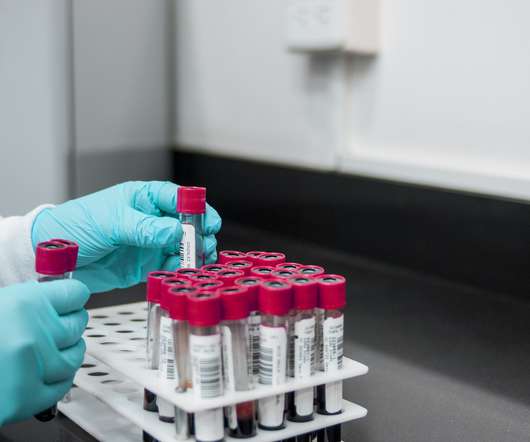Supercharging AI-drug discovery with strategic multiomic biobanks
Drug Discovery World
NOVEMBER 23, 2023
Narain , PhD, President and CEO of BPGbio asks how a better calibre of biobanks in life sciences can lead to more drugs making it to market. Not all biobanks are created equal Biobanks provide a treasure trove of clinical data for exploration with AI tools. But the utility of biobanks varies.













Let's personalize your content